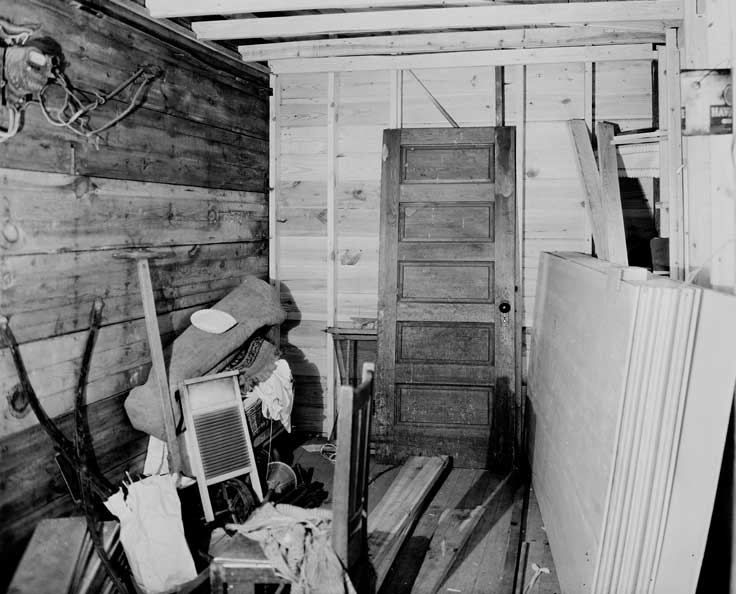
Purchase Tickets
Why Museums Collect Historical Items
July 3, 2019

Museums collect items for a variety of reasons. Some museums collect items for their artistic value or cultural influence. Others take items into the collection that tell historical stories and provide historical context. Museums also collect items, whether objects, photographs, books or manuscripts, to preserve the past. These items are used to educate others through programs, displays and research.
Often the reason for a museum to collect a certain item is multifaceted. A Hoosier cabinet, for example, provides information on how furniture design could shift social expectations of women, gives information about a specific manufacturer, and offers insight into one person’s life and the items in their home. With this breadth of information, museums are able to incorporate the cabinet into their programs and exhibits. The museum that takes in this Hoosier cabinet holds it in the public trust. The public trust is a term often associated with museums. It basically means that museums are tasked with housing these treasures for the overall good of the communities they serve, and they are responsible for using their collections in ways that instill confidence in the museum from the public.
When a museum is considering the potential addition of an item into their collection, whether donated to or purchased by the institution, it is important that the museum looks to their collections policy. This policy guides the museum in what items make sense for them to collect and what items do not. The policy might outline reasons TO collect an item, like history, place of manufacture, provenance, strength of story or geographical connection. The policy can also outline reasons NOT to collect an item, like size, ability for the museum to preserve the item, or because of a lack of a story, provenance, or history that connects it to the museum’s mission. This is why a museum in Indiana might not accept an object with a history that only relates to Nebraska. By thinking carefully about how the museum will preserve and use the item for the good of its community, they can allocate resources appropriately and remain faithful to their designation as a public trust.









